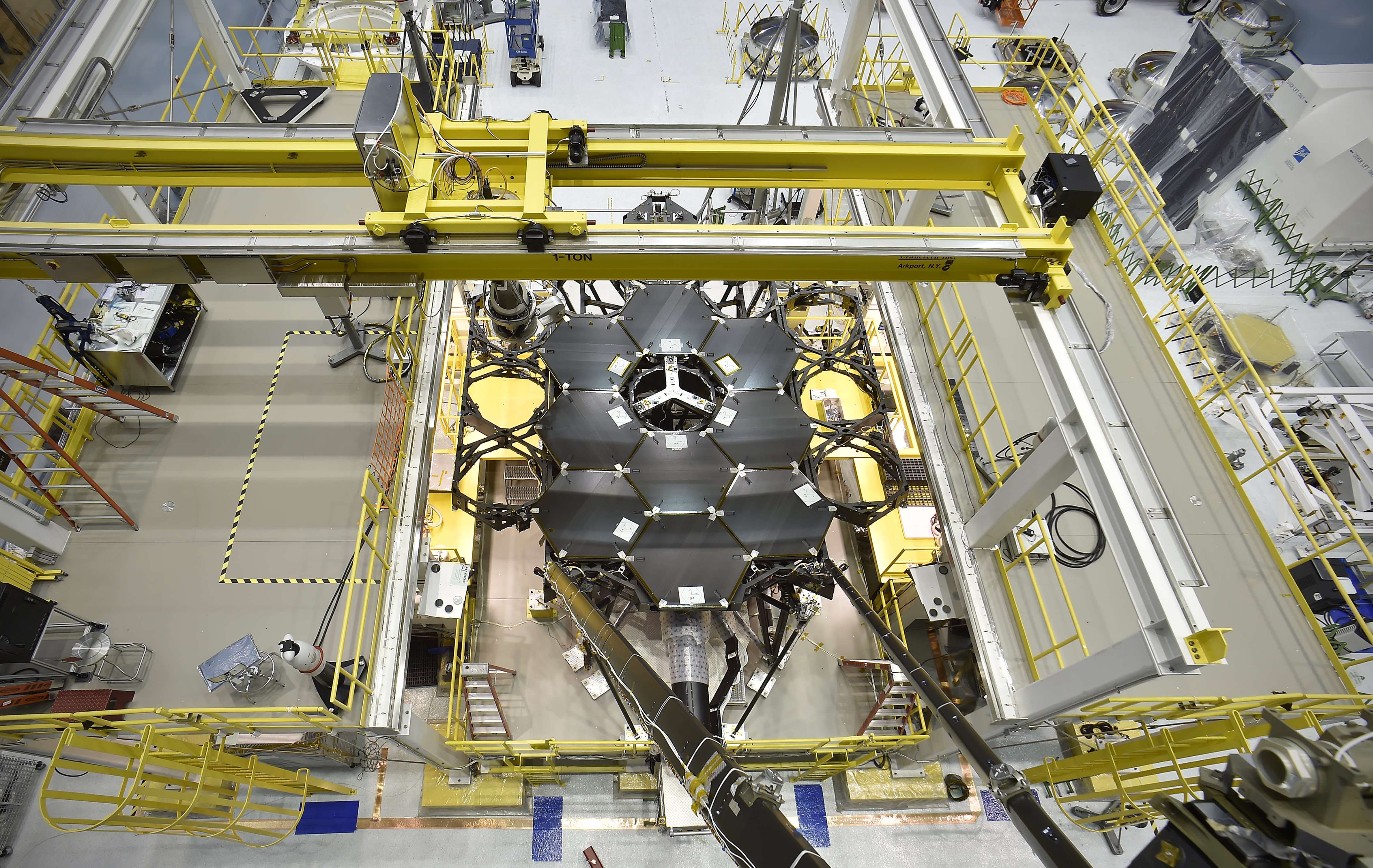Asteroids of various sizes whiz past our planet all the time. Some we know about, but many we don’t, and new ones are identified on an almost weekly basis. (In fact one such recently-discovered asteroid named 2014 HQ214, an object the length of an aircraft carrier, will pass us at a mere 3 lunar distances today June 8… watch live coverage here.) And, of course, some actually do impact Earth, and if they are large enough the results can be quite… energetic, to put it lightly.
While there aren’t yet any programs in place that can prevent a large asteroid impact from happening, there are some that are at least on the lookout for potential impactors. The B612 Foundation’s privately-funded Sentinel mission is one of them and, once launched and placed in orbit around the Sun in 2018, will hunt for near-Earth asteroids down to about 140 meters in size using the most advanced infrared imaging technology… and no federal budget cuts or red tape to worry about.
The video above, produced by B612 Foundation’s primary contractor Ball Aerospace, shows how Sentinel will work, and why development has been going so well.
“I see this as the wave of the future — the ability for non-governmental organizations to put together the funding, working with outstanding technical organizations like Ball Aerospace, and produce space missions where the government isn’t involved and where the price is much, much less, and we still get the same kind of great information.”
– Dr. Scott Hubbard, B612 Program Architect and former director of the NASA Ames Research Center
Learn more about the B612 Foundation here.

